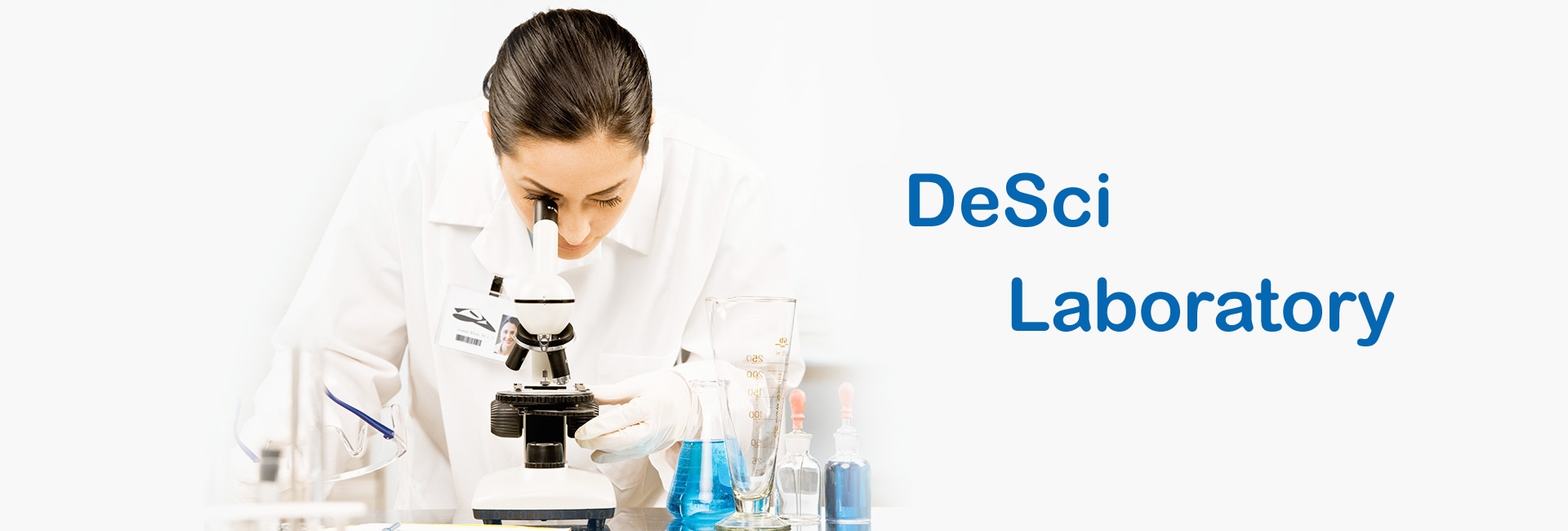IEEE Standard, Test Code, and Recommended Practice for Induction and Dielectric Heating Equipment
Abstract
High-frequency heating equipments divide into two main types: (1) those used for dielectric heating, and(2) those used for induction heating. The induction heating equipments again divide into seven types: (1) commercial power line; (2) rotary generator; (3) mercury-arc-converter; (4) gaseous-tube converter; (5) mercury-hydrogen-spark-gap converter; (6) quenched spark-gap converter; (7) vacuum-tube generator. Dielectric heating equipments in general use a vacuum-tube oscillator as a source of radio-frequency power ranging in frequency from 2 megacycles to hundreds of megacycles. At frequencies above about 200 megacycles,the power is generated by devices other than a conventional vacuum tube, such as a magnetron, Klystron or other microwave device. A dielectric heating generator is normally a high-voltage generator, and application requires high-voltage radio-frequency matching techniques. An induction heating generator is essentially a high-current device operating into very low impedance circuits and sometimes requires transformation in the load circuit to provide the desired heating effect.Topic
Engineered Materials, Dielectrics and Plasmas, Power, Energy and Industry Applications

